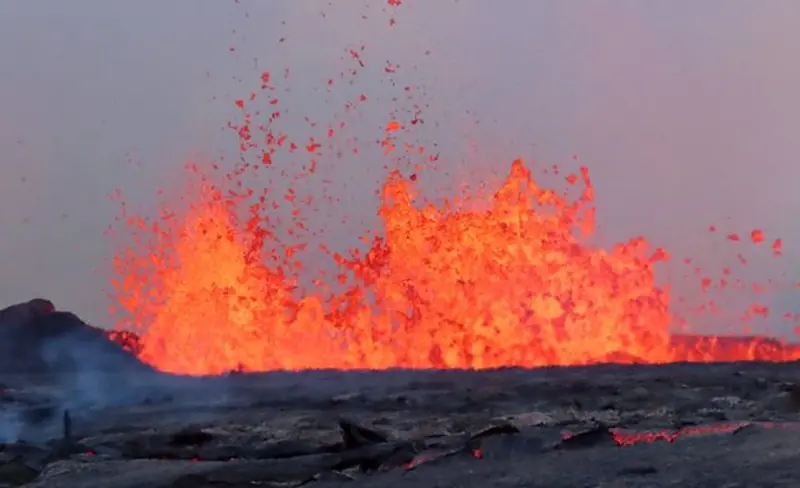Analysis of isotopes from volcanic rock on the Hawaiian Islands has confirmed the presence of precious metals, including gold, in the Earth’s crust. A team from the University of Göttingen in Germany claims that these metals have seeped from the Earth’s core before embarking on a long journey to the planet’s surface through magma. “Upon receiving our initial results, we realized we had stumbled upon gold! Our data confirmed that material from the core, including gold and other precious metals, is infiltrating the Earth’s mantle,” said geochemist Nils Messling, the lead author of the study.

What did the scientists discover? While researchers can access gold in the Earth’s crust, its quantity is a mere fraction of the total reserves of this metal that our planet possesses. According to the scientists, over 99 percent of gold is hidden in the Earth’s core: enough to cover all of its land with a layer of gold 50 centimeters thick. The university team made their discovery using isotopes of the precious heavy metal ruthenium. The key point is that the isotopes of ruthenium in the Earth’s core differ from those found in surface rocks. This difference is quite subtle; however, Messling and his colleagues developed new analytical methods that allowed them to distinguish between the isotopes. By extracting this metal from volcanic rock in Hawaii, the scientists found a significantly higher amount of ruthenium-100 than is typically found in the surrounding mantle. This indicates that the rock contained isotopes of ruthenium that had migrated from the Earth’s core, as reported by Science Alert.
This discovery suggests that all siderophile elements have leaked from the core. (Siderophile elements are those that became part of the core when the Earth was still young and molten. – Ed.) This includes ruthenium, palladium, rhodium, platinum, and gold. It’s clear that gold and other metals do not leak at a high rate, and they cannot simply be extracted from a depth of 2,900 kilometers, the scientists explain. However, this discovery is significant as it provides new and intriguing insights about our planet, and possibly about other rocky planets as well. “Our results not only showed that the Earth’s core is not as isolated as previously thought. We can now also demonstrate that vast amounts of superheated mantle material—several hundred quadrillion metric tons of rock—are generated at the boundary between the core and mantle and rise to the Earth’s surface, forming oceanic islands like Hawaii,” emphasized geochemist Matthias Wilbold, a participant in the study. The results of this work were published in the journal Nature.
